Bamako Encounters Contemporary African Photography (original) (raw)
Reading Time: 3 minutes
Bamako Encounters Contemporary African Photography is characterized by Playful and bold, the images of Contemporary African Photography. Biennial subvert advertising tropes, interrogate beauty standards, examine the effects of urban life – and salute the clenched fist of the black power movement. Inaugurated in 1994, the Bamako Encounters Contemporary African Photography celebrates contemporary photography in Africa. Here’s a selection of images from this year’s event
12th Bamako Encounters Photography Biennial 2020 is a must see at various venues around the capital of Mali in Bamako until 31 January 2020
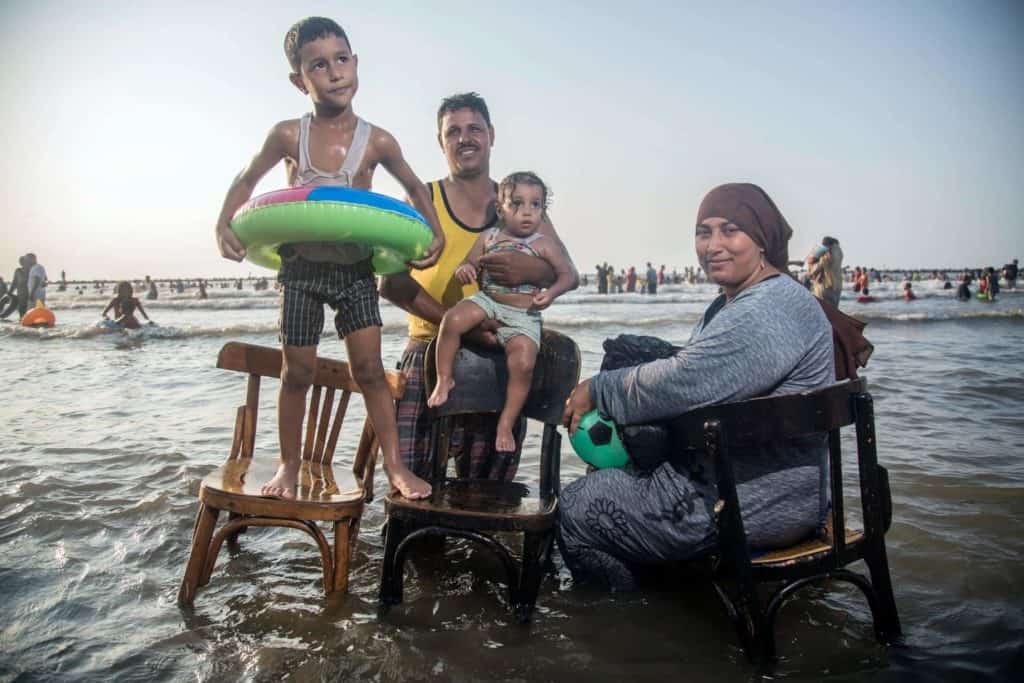
Shaabi Beaches (2017) by Roger Anis
Anis believes a lot can be learned about a country by looking at the quirky behaviours displayed on its beaches. This portrait shows Egyptians relaxing in Alexandria. All images: courtesy the artist
Scènes de vie (2017) by Amsatou Diallo
Through digital collage, Amsatou Diallo superimposes iconography of African daily life and culture on to urban landscapes that she captured in North Carolina in the US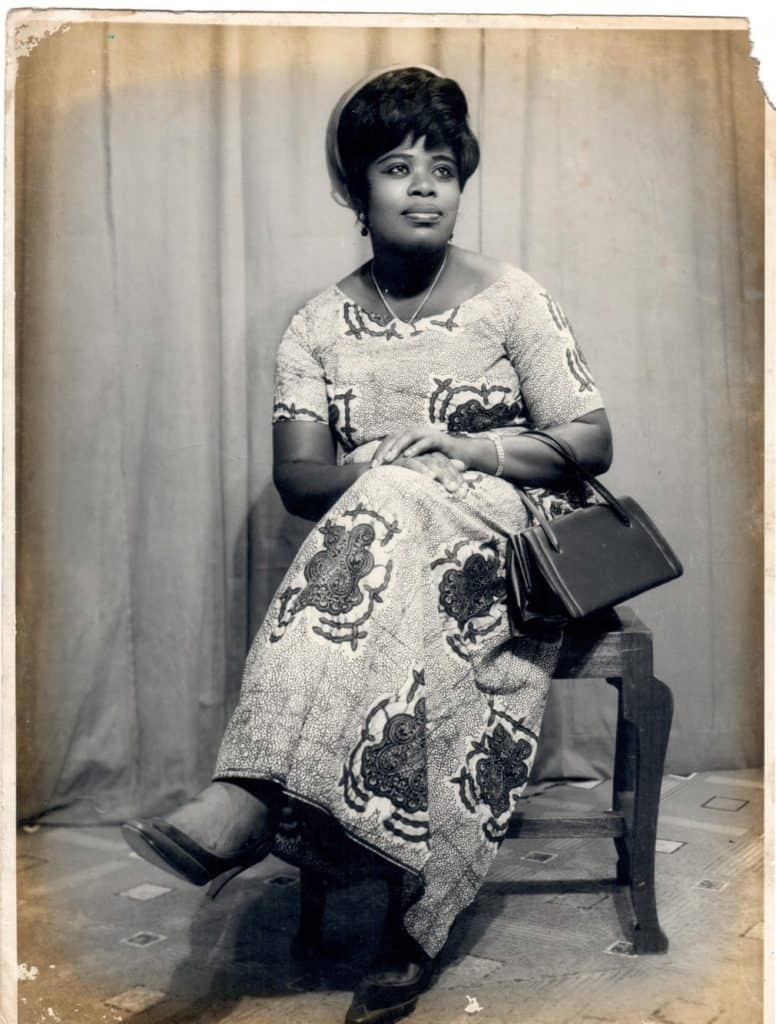
Untitled (c 1960s-70s) by Felicia Abban
Felicia Abban is a Ghanaian photographer whose career began in the 1950s and spanned more than six decades. She is regarded as the country’s first professional female photographer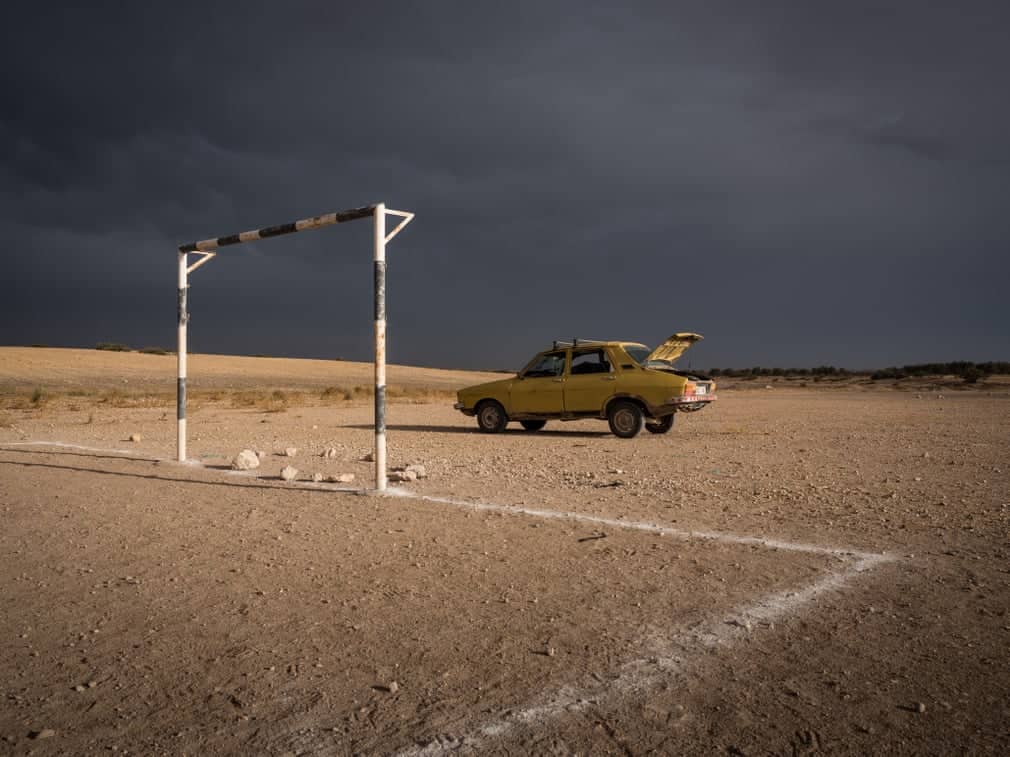
Air Twelve Land (2019) by Khalil Nemmaoui
Nemmaoui’s project Air Twelve Land began with a fascination with the Renault 12. His pictures emerge from chance encounters with derelict or fully operational models in a variety of circumstances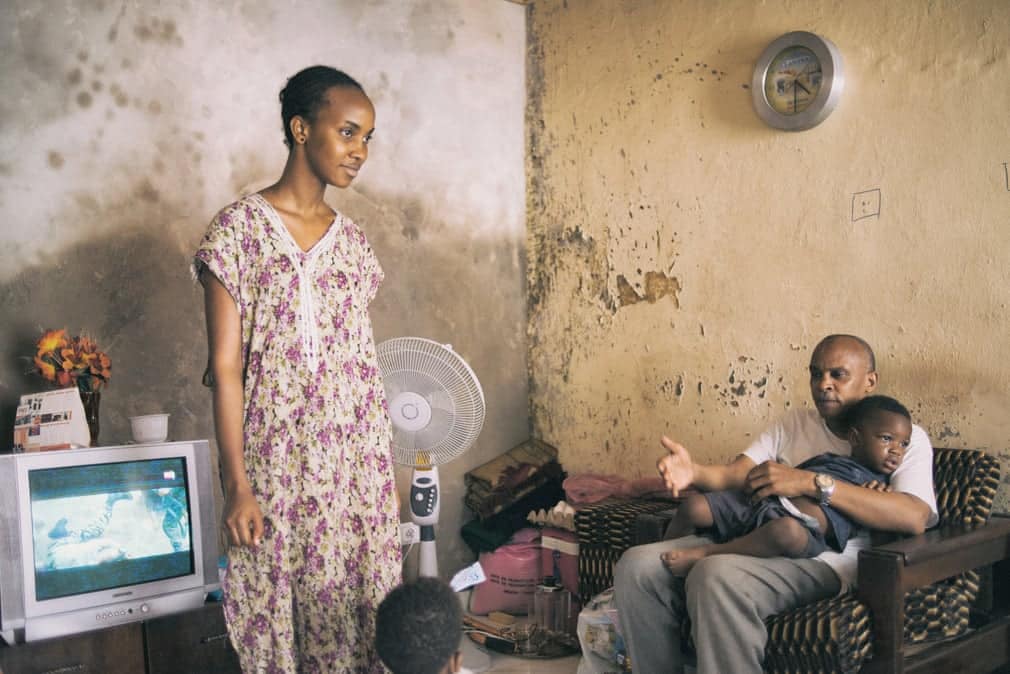
Untitled, from the series Nothing’s in Vain (2014-16) by Emmanuele Andrianjafy
Nothing’s in Vain is Madagascan-born Andrianjafy’s way of exploring her disorientation, after she arrived in Senegal. The series examines the relationship between urban living and her own internal search for belonging and connection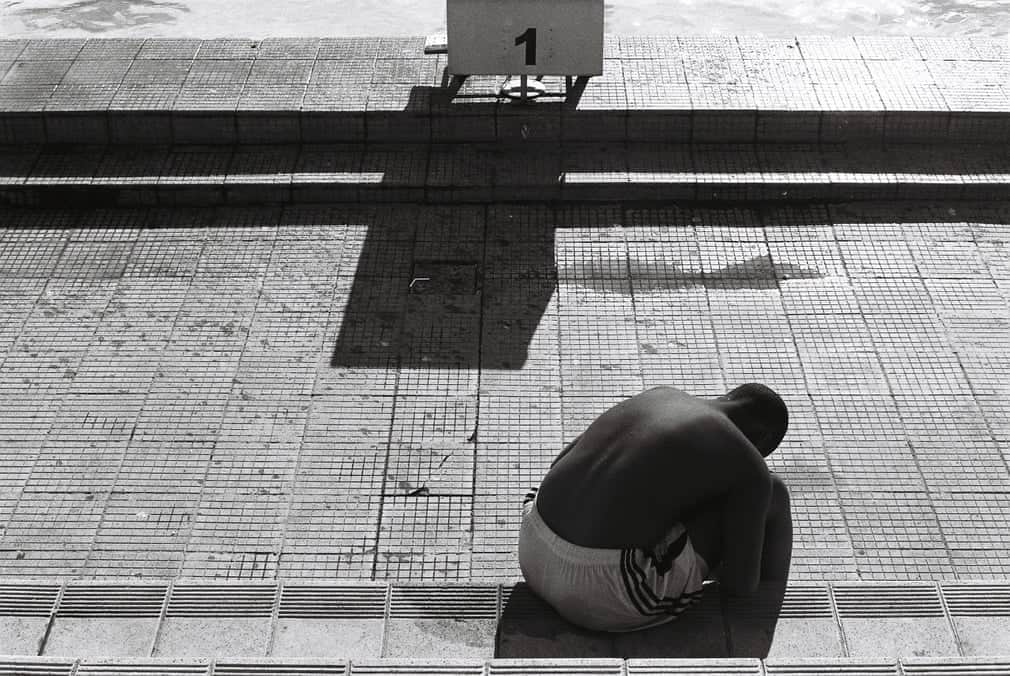
Poolside Boy (from the series Silent Conversations) by Fanyana Hlabangane
Fanyana Hlabangane’s photographs show human figures and architectural forms in private moments and solitary scenes around Johannesburg. He believes the scale of the city can dwarf one’s sense of belonging, and even undermine hopes and dreams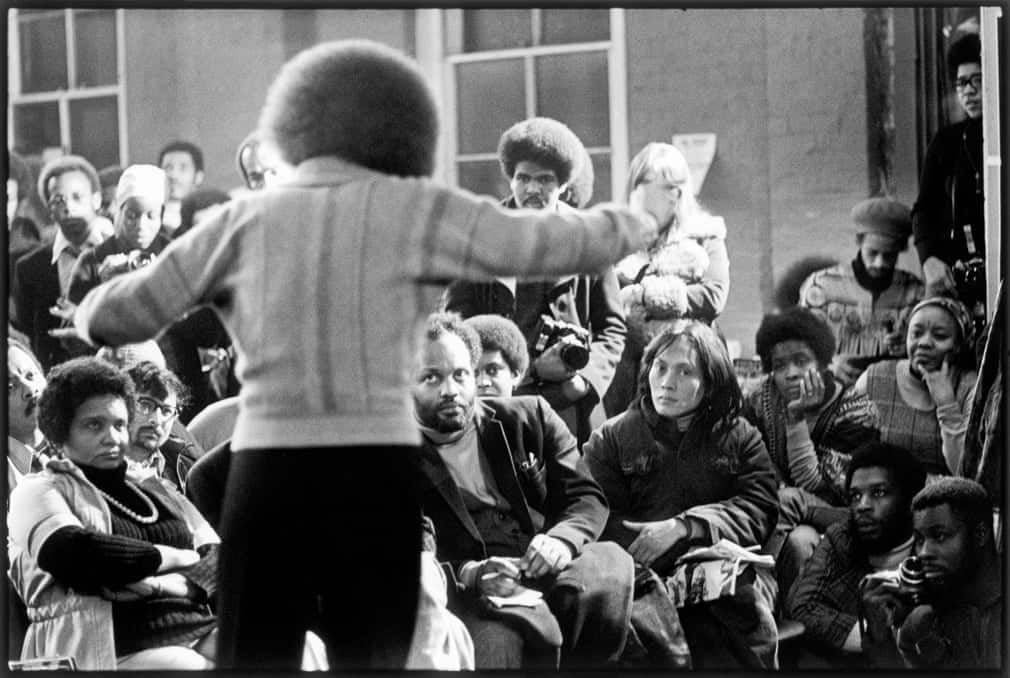
Angela Davis at the Keskidee Centre (1975) by Armet Francis
Armet Francis is a Jamaican-born photographer who lives in London, and was the first black photographer to have a solo exhibition at London’s Photographers’ Gallery. He has documented and chronicled the lives of people of the African diaspora for more than 40 years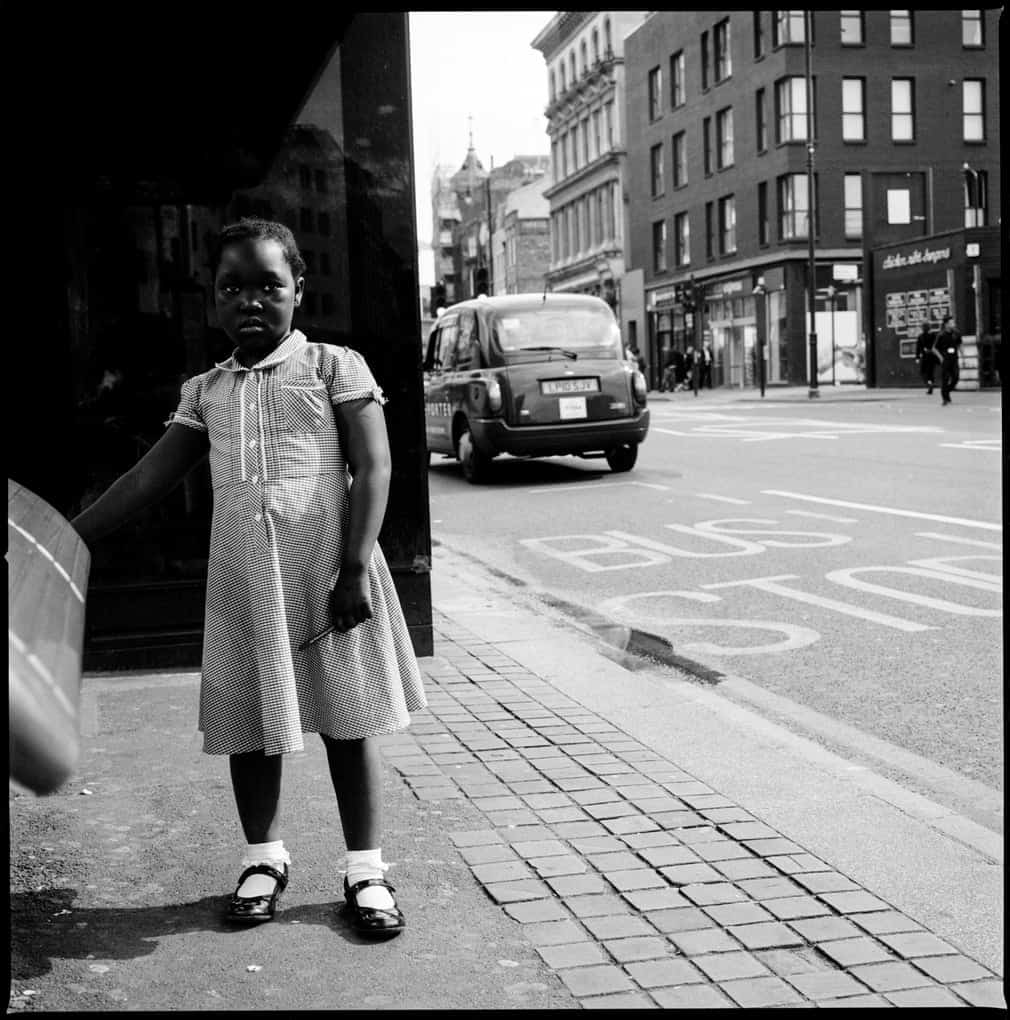
Love Story (2015) by Adama Jalloh
Adama Jalloh’s work explores themes of identity, race and culture within her own community in London. Born in London in 1933 to Sierra Leonean parents, she grew up with a Catholic mother and a Muslim father. She was considered Sierra Leonese by the British and British by the Sierra Leonese. This series is a statement of her attachment to the Afro-diasporic community she most identifies with
Dr. Abigail Adeyemi, art historian, curator, and writer with over two decades of experience in the field of African and diasporic art. She holds a Ph.D. in Art History from the University of Oxford, where her research focused on contemporary African artists and their impact on the global art scene. Dr. Adeyemi has worked with various prestigious art institutions, including the Tate Modern and the National Museum of African Art, curating numerous exhibitions that showcase the diverse talents of African and diasporic artists. She has authored several books and articles on African art, shedding light on the rich artistic heritage of the continent and the challenges faced by contemporary African artists. Dr. Adeyemi's expertise and passion for African art make her an authoritative voice on the subject, and her work continues to inspire and inform both scholars and art enthusiasts alike.